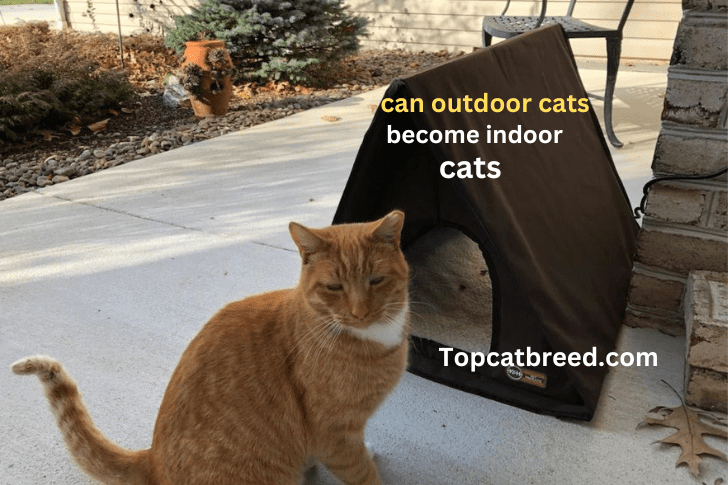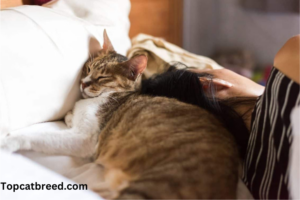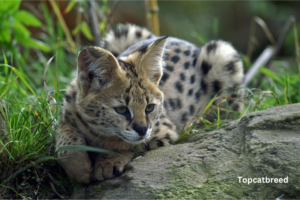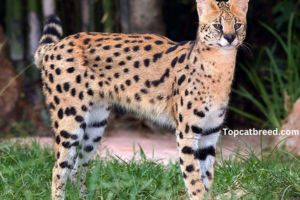“Can outdoor cats become indoor cats?” is a question that many cat owners ponder, especially when considering their pet’s safety and well-being. The transition from an outdoor to an indoor life for your feline friend is indeed possible and can provide numerous benefits. Here, we will discuss some valuable tips to help make this change as smooth and comfortable as possible.
First and foremost, it’s important to recognize that outdoor cats can become indoor cats with patience and the right approach. Begin by gradually introducing your cat to the indoor environment. Create a cozy and secure indoor space for them, filled with familiar items like their favorite toys and a comfortable bed. Make sure their litter box is easily accessible and well-maintained.
Incorporate plenty of playtime and interactive activities to keep your cat mentally and physically stimulated. This will help compensate for the reduced outdoor exploration. Additionally, ensure a balanced and nutritious diet to keep your cat healthy during the transition. With love, care, and a bit of time, your outdoor cat can happily adapt to an indoor lifestyle, providing them with safety, comfort, and a longer, healthier life With the appropriate care and attention, the answer to the question “Can outdoor cats become indoor cats?” is unquestionably yes.
Can Outdoor Cats Become Indoor Cats? Tips for a Smooth Transition
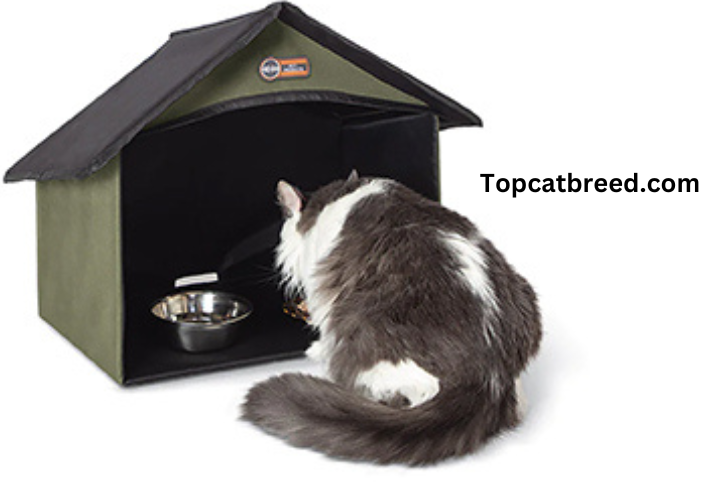
Opting for the deliberate transition of your cherished feline companion from an outdoor to an indoor lifestyle is a thoughtful decision, aimed at enhancing their safety, health, and overall well-being. Within this post, you’ll discover valuable tips crafted to ease and maximize the comfort of this transition, ensuring a smooth and positive adjustment for your beloved cat.
Gradual Introduction to Indoor Living
The process of turning outdoor cats into indoor cats begins with a gradual introduction to their new environment. In passive voice, it can be said that your cat should be introduced to the indoor surroundings slowly. This reduces tension and ensures that your cat is at ease in their new environment. You can provide a safe and comfortable indoor environment for your cat by furnishing it with familiar items such as their favorite toys and a nice bed. Their litter box should be easily accessible and well-kept as well.
Ensuring a Safe Indoor Environment
One of the primary reasons for transitioning outdoor cats to indoor life is to provide them with a safer environment. The shift from outdoor to indoor living for cats is primarily aimed at ensuring a safer environment. This safety is attained by maintaining your cat indoors, shielding them from potential threats such as traffic, predators, and diseases. Shielded from these risks, your feline companion can relish a longer and healthier life.
Physical and Mental Stimulation
Outdoor cats frequently benefit from physical and mental stimulation from activities such as hunting, exploring, and socializing with other cats. It is critical to give alternate activities for your cat to be physically and mentally active when transitioning to an indoor existence.
In passive voice, it can be suggested that interactive playtime and stimulating toys are effective for keeping your cat engaged. Activities such as chasing feather wands, laser pointers, and puzzle feeders can provide the mental and physical stimulation that outdoor cats crave.
Balanced and Nutritious Diet
Ensuring your cat’s health during the transition involves the provision of a balanced and nutritious diet. In the realm of passive guidance, it is underscored that consulting with your veterinarian becomes crucial for comprehending your cat’s dietary requirements. The right type and amount of food, essential for maintaining your cat’s well-being as they acclimate to their newfound indoor lifestyle, can be adeptly recommended by your vet. This collaborative approach fosters the optimal health of your feline companion during this transformative phase.
The Role of Love and Care
Transitioning outdoor cats to indoor life requires patience, love, and care. In passive voice, it can be emphasized that it may take time for your cat to fully adapt to their new surroundings. Offering them affection and attention can help reduce stress and make the process smoother.
Routine Veterinary Check-Ups
Bringing an outdoor cat indoors necessitates prioritizing regular veterinary checkups. Actively recognize their critical role in health monitoring, immunization administration, and preventative care. Seek expert advice not only for normal care, but also for any urgent health concerns that may arise during this big transition, to ensure your feline companion’s best well-being. These check-ups actively protect your cat’s health and help ensure a seamless transition.
ALSO READ.How long Can an indoor cat survive outside?-All details
Understanding the Challenges
Transitioning outdoor cats to indoor life can come with its set of challenges. In passive voice, it can be pointed out that some outdoor cats may initially resist the change and exhibit signs of stress or restlessness. Understanding these challenges and being prepared to address them with patience and care is essential.
Creating an Enriching Indoor Environment
To make the transition successful, you can create an enriching indoor environment for your cat. In passive voice, it can be suggested that this environment should include a variety of toys, scratching posts, and cozy resting spots. Cats love to explore and perch, so providing high spots like cat trees or shelves can add interest to their indoor surroundings.
Social Interaction and Companionship
If your outdoor cat was used to socializing with other cats or animals, consider providing them with companionship indoors. In passive voice, it can be noted that adopting a second cat or introducing them to a cat-friendly dog can help fulfill their social needs. Ensure that the introduction is gradual and supervised to prevent conflicts.
Understanding Your Cat’s Behavior
Every cat is unique, and their behavior may change during the transition from outdoor to indoor life. In passive voice, it can be acknowledged that some cats may become more affectionate, while others might display behaviors like scratching furniture or vocalizing due to boredom. Understanding and addressing these changes is crucial for a successful transition.
Addressing Behavioral Issues
Behavioral issues may arise when transitioning outdoor cats to indoor life. In passive voice, it can be stated that issues such as litter box problems, aggression, or anxiety can occur. Seek guidance from a veterinarian or a professional animal behaviorist to address and resolve these issues effectively.
Monitoring Health and Well-being
Within the cocoon of indoor living, your cat revels in safety, but it’s imperative to vigilantly oversee their health. Emphasizing the importance of passive care, regular check-ups with the veterinarian are deemed essential; ensuring any signs of illness, injury, or distress is promptly addressed.
Early detection and intervention become paramount, safeguarding the well-being of your indoor cat and contributing to a state of sustained health and happiness. Early detection and intervention can help keep your indoor cat healthy and happy.
Providing Outdoor Experiences Safely
If you have a secure outdoor space, you can provide your cat with safe outdoor experiences. In passive voice, it can be suggested that options like enclosed outdoor cat runs or secure garden enclosures can give your cat a taste of the outdoors without exposing them to potential dangers.
Maintaining a Balanced Diet
In passive voice, it can be recommended that maintaining a balanced diet is crucial for your cat’s health. Proper nutrition helps your cat stay active and maintain a healthy weight. Consult with your veterinarian to determine the best diet for your indoor cat’s needs
Understanding the Differences between Outdoor and Indoor Cats
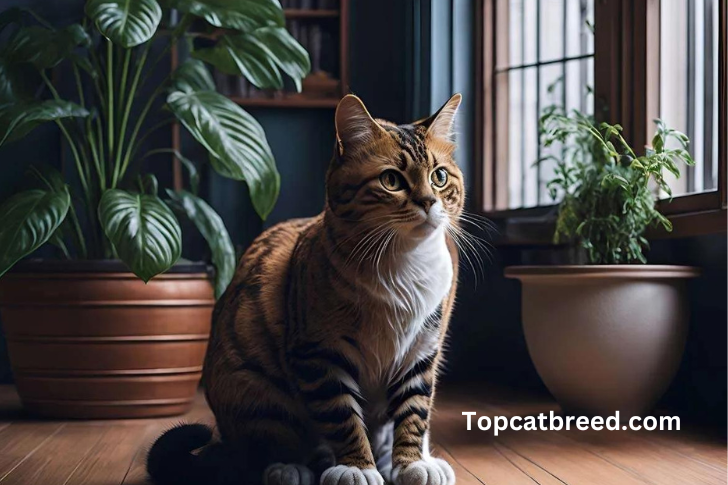
Understanding the differences between outdoor and indoor cats is essential for giving the best care for your feline companion. This article examines the significant distinctions between these two lifestyles, putting light on each’s distinct requirements.
Safety Concerns
Outdoor Cats: Various safety hazards, such as traffic accidents and encounters with predators like coyotes or dogs, pose risks to outdoor cats. Additionally, diseases can be transferred to them from other outdoor cats
Indoor Cats: Protected from dangers, indoor cats experience significantly reduced risks of injury and disease, potentially leading to a longer and healthier life.
Exercise and Stimulation
Outdoor Cats: Outdoor cats naturally engage in physical exercise and mental stimulation through activities like hunting, exploring their environment, and interacting with other cats. This lifestyle provides ample opportunities for exercise and mental engagement.
Indoor Cats: Indoor cats have limited opportunities for physical exercise and mental stimulation. To compensate for this, it’s important to provide alternative ways for them to stay active and mentally engaged.
Diet and Nutrition
Outdoor Cats: Outdoor cats’ diets are less predictable since they may catch and devour tiny prey. Their food varies greatly depending on their hunting success.
Indoor Cats: Indoor cats are usually fed a steady diet of commercial cat chow. This gives them more control over their nutrition, making it easier to keep their health and weight in check.
Longevity and Health
Outdoor Cats: Outdoor cats may have a shorter lifespan due to the increased risks they face in their environment. They are more susceptible to accidents, diseases, and injuries.
Indoor Cats: Indoor cats generally live longer and healthier lives. The controlled environment reduces the risks associated with outdoor life, contributing to their overall well-being.
Behavior and Socialization
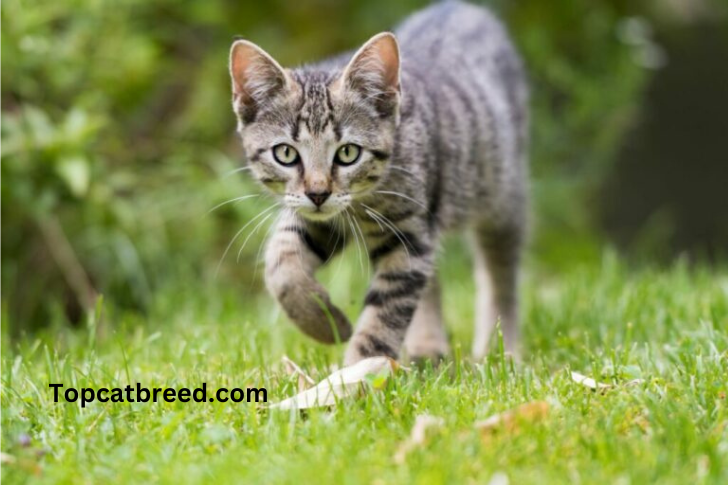
Outdoor Cats: Outdoor cats have more opportunities for social interaction with other cats and animals. They engage in territorial disputes and may form alliances or avoid other cats in their outdoor territories.
Indoor Cats: Indoor cats have limited opportunities for socializing with other animals. They often form strong bonds with their human caregivers and can be content as single pets.
Grooming and Cleanliness
Outdoor Cats: Outdoor cats may get dirtier more quickly due to their outdoor adventures. They may need more frequent grooming to maintain cleanliness.
Indoor Cats: Indoor cats typically stay cleaner, but regular grooming is still important to prevent matting and hairballs.
The transition of outdoor cats to indoor life necessitates the infusion of patience, love, and care. Emphasizing the passive aspect, it is underscored that time may be required for your cat to fully acclimate to their new surroundings. The provision of affection and attention becomes a crucial element in mitigating stress and facilitating a smoother adaptation process, reflecting the importance of a human touch in this transformative journey for your feline companion.
Addressing Challenges and Behavioral Changes
Understanding the Challenges:
Recognize that some outdoor cats may initially resist the transition and display signs of stress or restlessness. It is crucial to comprehend these issues and find solutions..
Creating an Enriching Indoor Environment:
Enhance your indoor space with a variety of toys, scratching posts, and cozy resting spots. High spots like cat trees or shelves offer exploration opportunities .Social Interaction and Companionship: Consider providing companionship for your cat if they were used to socializing with other animals outdoors. A second cat or a cat-friendly dog can fulfill their social needs with a gradual introduction.
Understanding Your Cat’s Behavior:
Each cat is unique, and their behavior may change during the transition. Be prepared for increased affection or behavioral challenges like scratching furniture or vocalizing due to boredom.
Monitoring Health and Well-being
While your cat enjoys the safety of indoor living, regular veterinary check-ups and vigilant observation for signs of illness, injury, or distress are essential for maintaining their well-being.
Providing Safe Outdoor Experiences
If you have a secure outdoor space, you can offer your cat the option of safe outdoor experiences. Enclosed outdoor cat runs or secure garden enclosures can provide a taste of the outdoors without exposing your cat to potential dangers.
FAQS
1-Can outdoor cats become indoor cats?
Yes, outdoor cats can transition to indoor life with patience and proper care.
2-What are the risks of outdoor cats?
Outdoor cats face risks like traffic accidents, predators, and diseases from other animals.
3-Do indoor cats live longer?
Indoor cats tend to have longer lifespan due to reduced risks and safer conditions.
4-Is it possible to have an indoor-outdoor cat safely?
Yes, with precautions like secure enclosures and supervision, indoor-outdoor cats can enjoy the best of both worlds.
Can outdoor cats become indoor cats successfully?
Yes, outdoor cats can transition to indoor life successfully with the right approach and plenty of patience. Providing safe and stimulating indoor environment, along with love and care, can make the transition smoother and more comfortable for your feline friend.
Conclusion
In conclusion, transitioning your beloved feline from outdoor to indoor life demands dedication but promises rich rewards. Understanding the unique needs of both outdoor and indoor cats enables optimal care. With a patient approach, a secure indoor haven, mental and physical stimulation, a balanced diet, and unwavering love, outdoor cats seamlessly become indoor companions. This shift enhances their safety, health, and overall well-being, ensuring a joyful and fulfilling life within the warmth of your home.

